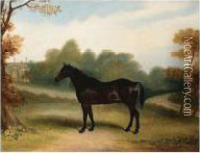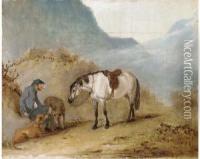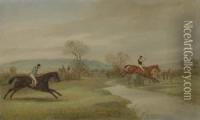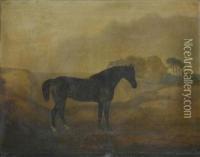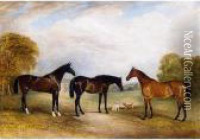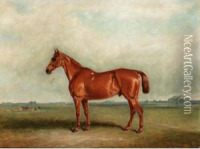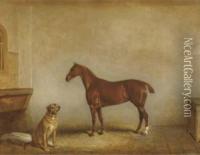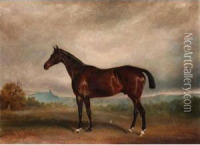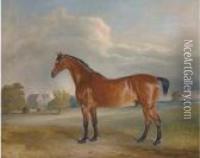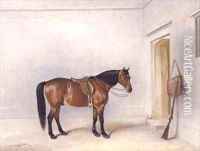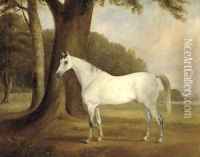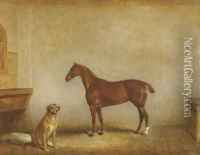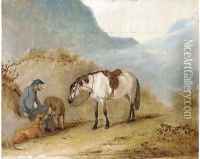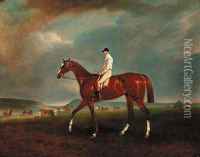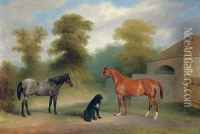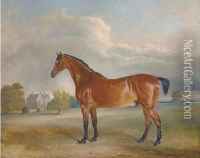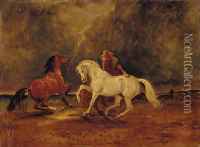Claude L. Ferneley Paintings
Claude L. Ferneley, whose full name was Claude Lorraine Ferneley, was an esteemed British painter, known for his specialization in equine and hunting scenes. Born in 1782 in Thrussington, Leicestershire, England, Claude was part of a dynasty of artists, being one of the sons of the renowned horse painter John E. Ferneley Sr. The Ferneley family's artistic legacy, particularly in depicting horses, made a significant impact on British art, especially during the 19th century. Claude was named after the famous French landscape painter Claude Lorrain, indicative of the artistic aspirations his family had for him from a young age.
Claude L. Ferneley's artistic journey was deeply influenced by his father, from whom he learned the intricacies of painting, with a particular focus on horses. Despite not achieving the same level of fame as his father, Claude contributed to the Ferneley legacy by maintaining the family's tradition of equine art. His works, though not as prolific or widely recognized as those of his father, still captured the essence of British country life, sporting activities, and the elegance of the horses that were central to his family's artistic oeuvre.
Throughout his career, Claude L. Ferneley exhibited a number of works, though records of his exhibitions and the scope of his oeuvre are less documented compared to his father. His paintings, characterized by meticulous attention to the anatomy of horses and the vibrant portrayal of rural landscapes, reflect a deep appreciation for the natural world and the social activities that revolved around horse riding and hunting in the British countryside.
Claude L. Ferneley's death in 1860 marked the end of an era for the Ferneley family's contribution to equine art. While he may not have achieved the same acclaim as his father, his work remains a testament to the Ferneley family's dedication to capturing the beauty and dynamism of horses. Today, Claude's paintings, alongside those of his father, are appreciated by collectors and enthusiasts of equine art, serving as a window into the rich tradition of British sporting and landscape painting in the 19th century.
